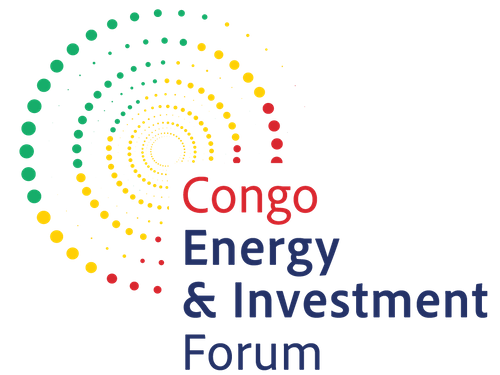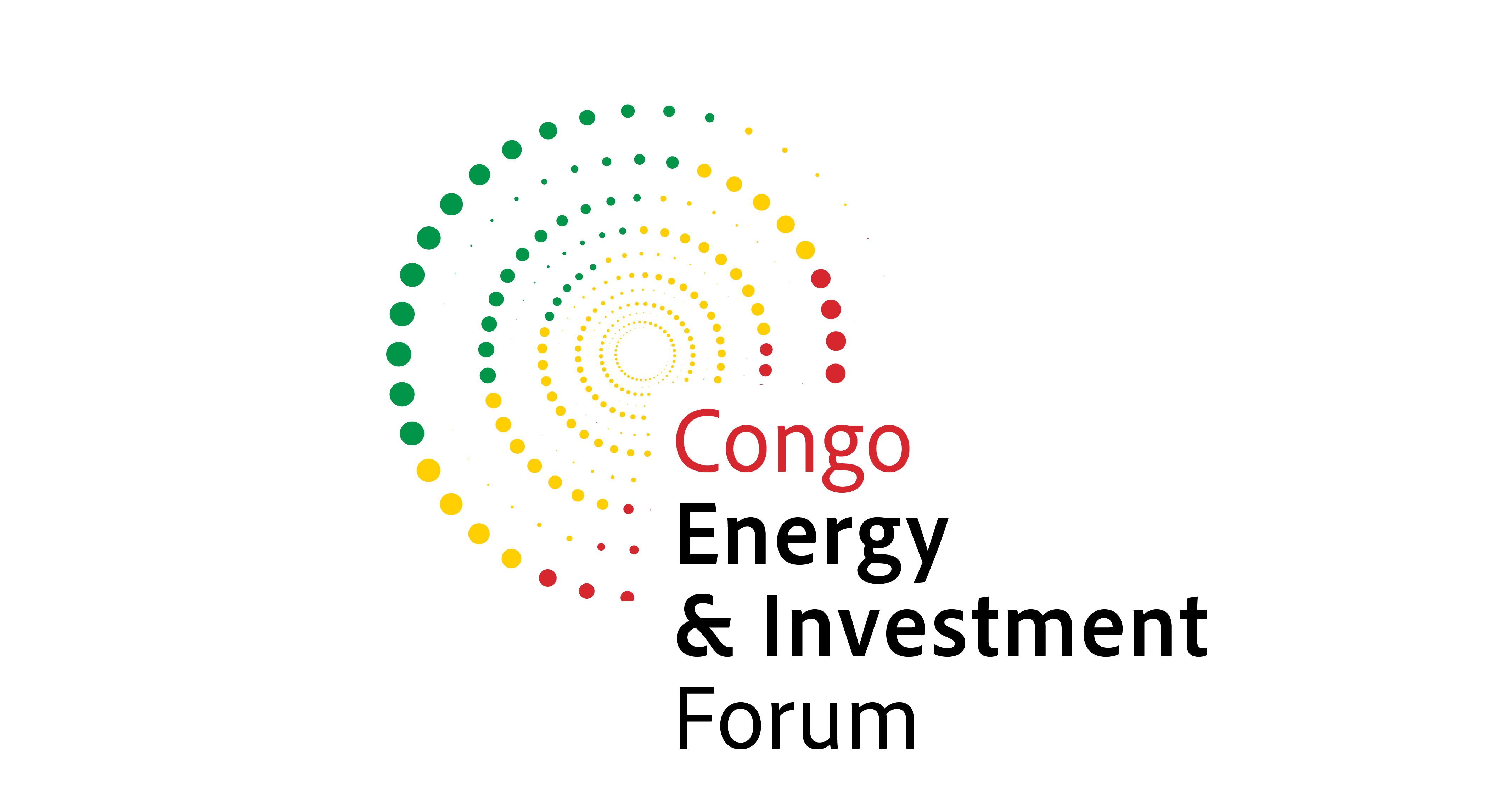Silicone Connect to Cover Congo’s Fiber Network by Mid-2025
)
The Republic of Congo is advancing several connectivity projects to accelerate digital transformation and establish itself as a telecommunications hub. With aims to provide more efficient digital public services, the Congolese government and World Bank launched the Digital Transformation Acceleration Project. In light of these developments, Energy Capital & Power interviewed Gaetan Soltesz, General Manager of Silicone Connect, to explore the company’s role in expanding connectivity and strengthening regional digital infrastructure.
Silicone Connect will participate at the inaugural Congo Energy & Investment Forum (CEIF) 2025 – taking place from March 24-26 in Brazzaville – as a National Silver Sponsor. The company’s involvement at this year’s event underscores its long-term commitment to digital transformation in Congo.
Can you provide an overview of Silicone Connect’s activities in Congo?
Silicone Connect was established in 2020 as part of a public-private partnership with the Congolese government to operate and commercialize the national fiber optic network. Initially developed by the national electricity company, this infrastructure extends from Pointe-Noire to Brazzaville and further north. Our parent company, Yao Corp, holds the concession, while Silicone Connect is responsible for network operations, maintenance, and commercialization.
Since our inception, we have significantly enhanced network capacity, upgrading it from 10 Gbps to 400 Gbps in 2024. This upgrade ensures ultra-fast, reliable connectivity, enabling us to provide wholesale fiber services to major telecom operators—including Congo Telecom, MTN, RTL, and Canalbox—as well as key institutions like the National Assembly, SNPC, and various international organizations like World Health Organization (WHO). Our goal is to support the digital economy by delivering nationwide high-performance infrastructure.
What makes your fiber network more reliable than traditional infrastructure?
Our network is uniquely designed for resilience. By integrating fiber optics into high-voltage electricity lines, we eliminate common vulnerabilities such as vandalism and accidental damage caused by roadworks or natural events. This ensures the network remains operational even under challenging conditions.
Additionally, our dual 200 Gbps transmission paths provide built-in protection. This means that if one route encounters an issue, traffic is automatically rerouted, maintaining uninterrupted service. These features make our network one of the most robust and reliable in the Republic of Congo.
Could you outline your expansion plans within the region?
Our expansion strategy focuses on strengthening regional connectivity and bridging the digital divide. We have already deployed submarine cables linking Brazzaville to Kinshasa, creating a seamless cross-border connection. Our next milestone, set for mid-2025, is the completion of a fiber link to Ouesso, ensuring full national coverage. This will unlock new opportunities for businesses, institutions, and international operators looking for diversified routes across Central Africa.
Beyond national borders, we plan to extend fiber infrastructure to Gabon, the Central African Republic and expand further into the DRC. These expansions will enhance redundancy and increase overall network resilience, ensuring continuous service availability even in case of disruptions. Furthermore, we are committed to connecting historically underserved areas, empowering communities with reliable digital access.
How do you integrate sustainability into your infrastructure projects?
Sustainability is at the core of our development approach. We actively minimize environmental impact by using recycled materials for fiber casings and implementing solar-powered installations to reduce reliance on traditional energy sources. Our transmission equipment is designed for energy efficiency, which not only cuts operational costs but also supports the transition to greener digital infrastructure.
By expanding high-speed internet access, we enable businesses and communities to adopt digital solutions that reduce travel needs, optimize resource use, and contribute to a lower-carbon economy. Our commitment to sustainability extends beyond technology—it is a driving force behind our long-term vision.
How can Silicone Connect’s solutions support the specific needs of the oil and gas industry?
The oil and gas industry relies heavily on robust connectivity, yet offshore operations are still dependent on costly and slow satellite links. We are in the early stages of exploring an undersea fiber optic project to connect offshore platforms, providing high-speed, low-latency internet access to the oil rigs and to support high-speed offshore mobile data. Silicone Connect will participate as a National Silver Sponsor at the inaugural Congo Energy & Investment Forum (CEIF) 2025, taking place from March 24-26 in Brazzaville. This involvement highlights the company’s ongoing commitment to its operations in the Republic of Congo.
This solution would revolutionize offshore operations by enabling real-time data transmission, improving remote monitoring, and facilitating high-quality video conferencing. Enhanced connectivity will also improve crew welfare by allowing better communication with families and access to digital services. We aim to launch this initiative by 2026, setting a new benchmark for connectivity in the energy sector.
What do you hope to achieve at CEIF 2025?
CEIF 2025 is a strategic platform for us to engage with key players in the energy and investment sectors. While Silicone Connect is well established in the telecommunications industry, many oil and gas companies are not yet fully aware of our capabilities.
Through our participation, we aim to showcase how our advanced fiber infrastructure can optimize connectivity for offshore and onshore energy operations. Our planned submarine fiber network will significantly reduce communication costs while enhancing efficiency and reliability. By presenting these solutions at CEIF 2025, we look forward to forging new partnerships and accelerating digital transformation across industries


